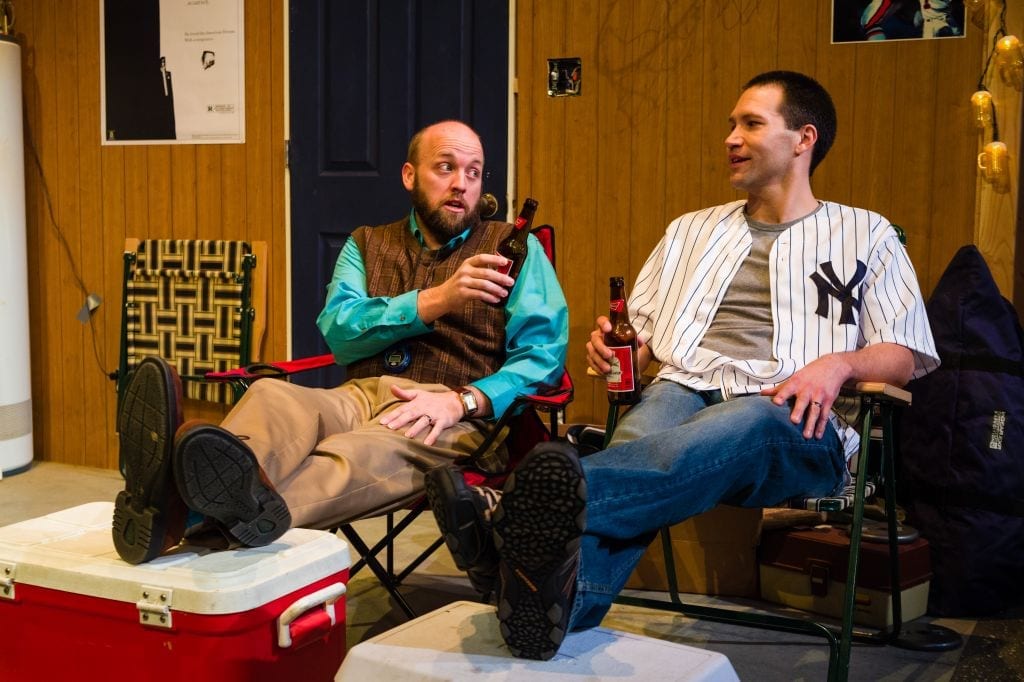OREM — There are two kinds of reviews: first, the travel advisory; the ‘hey, if you’re going out tonight, here’s a little heads up on your choices’; and second, the pronouncement of value; the Anton-Ego- a’-la-Ratatouille, set in stone enshrinement as glorious art or trash. So here’s the problem . . . Mr. Ego (or his corporeal equivalent), I am not . . . and the play’s run is already over, so they’re both out. So, where does that leave us?
Where that leaves us is this: to see Rappaccini’s Daughter for what it (or she…?) is: a piece of ‘play’ more reflective of a temporary community, temporary family even, than a fully realized piece of theatre. More home movie than summer blockbuster. By way of explanation, Rappaccini’s Daughter, based on a short story by Nathaniel Hawthorne that deals with poisonous love and poisonous plants, was written by Scott Stringham and directed by Alex Ungerman, both of whom are in the piece. Both Stringham and Ungerman are also among the temporary family in that unique, theatre-community, way when they return from their semester abroad in the United Kingdom. Because this play’s two nights of free performances are a preview of the ready-to-pack-in-a-suitcase production that they are taking with them as their offering, their widow’s mite, to the Edinburgh Fringe festival.
And widow’s mite it is. It isn’t much to look at. But, in its base nature, there are certain angles at which it may be considered beautiful, even rare, and what’s more, it’s true value is not in the monetary contribution that it represents to the world, but it’s value to the giver. The hobbled moments, like the ever-painful attempt to ‘involve’ the audience with cute pre-show mime/commedia audience interaction (Oh, stop. No, really, please stop.) were offset by the lifted moments, like the tragic magic of a dying butterfly, a materializing balcony, or any time Becca Ingram was on stage, (who is easily the most talented member of the group and, as usual, brings an emotional honesty and intuitiveness to whatever you throw at her) which mean far more to the giver and their investment in this journey than they could to that audience.
So, all in all, I can’t tell you to go or not, because it’s over. If it weren’t, Id say ‘meh’…go, don’t go…either way. Because again, it’s not about a finished piece. It’s appreciating a group of people trying to do something together and taking it as their gift to Scotland. Rappucini’s Daughter is more a piece of social anthropology than theatre. And on the same hand I can’t declare it glorious art or trash. So, appreciating it is more a matter of your proximity to those involved than anything else.
But I would offer one piece of advice to the cast: Decide if this is a children’s show or not, because right now it talks like at least a teenager, but moves like a grade schooler, at least on the edges. and I couldn’t decide if it was for the Mr. Rappaccini’s of the world or the innocent daughters. And I fear the former may feel patronized while the latter may feel lost.





